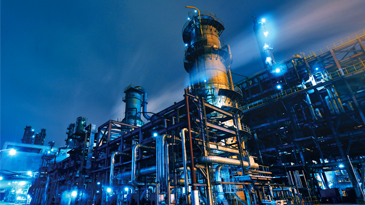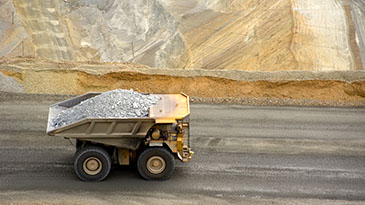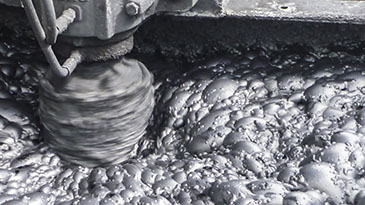A virtual model of a process, equipment or service is often referred to as a digital twin. If effectively designed, created and used, digital twins can prevent downtime and provide guidance throughout the lifecycle of any process, service or equipment. From petrochemical refineries to power plants, locomotives to mines, digital twins can help engineers and operators get the most out of their assets.
Unfortunately for software users, the term “digital twin” is overused and not clearly defined. It can mean anything from a simple algorithm that emulates the physics of a light bulb to a dynamic machine learning model that continuously adapts to replicate the actual operations, environment and degradation of a complex chemical refinery. A lot of organizations have taken the digital twin term and “digitally washed” their solutions, even if that solution only models a sliver of any process or operation.
For mining, reliable and safe operations in extraction, processing and refining are paramount to ensure profitability. Conveyors, as well as tailings pipelines and dams, must be available for continuous operation at the mine and ready for changes in ore type or quantity. Common questions among miners include:
- Will the current mine plan deliver required ore tonnage and quality given stochastic variability in durations and yields of individual activities in the plan?
- How do we ensure conveyors are operating as they should and will continue to operate when they have some slight variations in the ore they are moving?
- Can we increase mineral recovery with changes in our flotation system design?
- How do we extend the life expectancy of equipment such as shovels, haul trucks, crushers and conveyors?
- Perform a cost/benefit analysis for any upgrade or change to the extraction, milling or flotation processes.
- Create “what-if” simulations of future performance to quantify how contemplated changes to mine plans might impact future risk or offer upside potential to business goals.
- Get real guidance on the impact of aging equipment or parts such as shovels, crushers or even conveyor rollers.
- Identify and remove costly bottlenecks that impact mineral recovery or continuous casting.
- Establish priorities for deployment of capital for increasing ore extraction and processing.
- Ensure changes in operational procedures align to goals at the mine, mill or refinery.
- Optimize equipment lifecycles and spare parts usage by extending component life and inspection intervals.






Leave A Comment